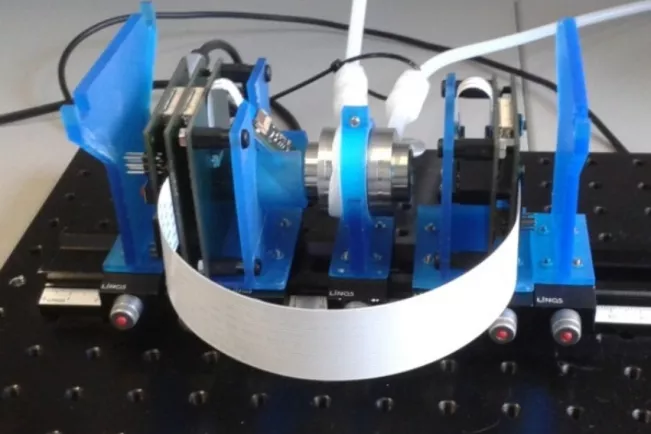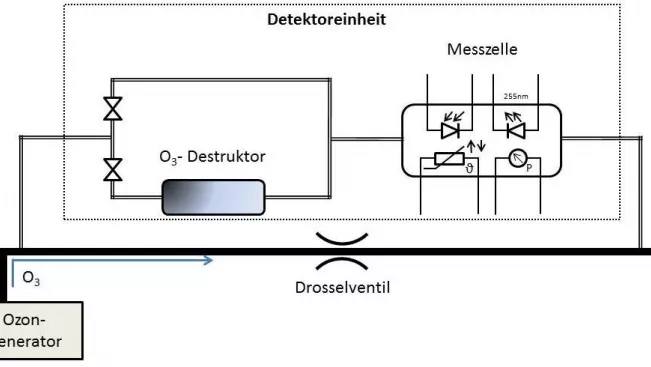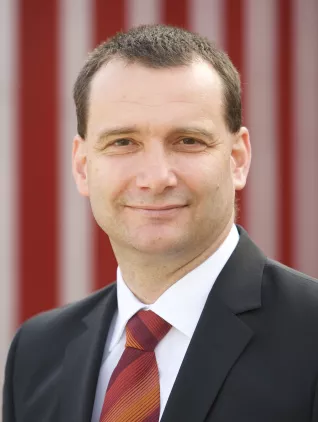LOS

Research project at a glance
Keywords
Departments and Instituts
Funding type
Period
01.07.2017 to 30.06.2019
Project Description
Automated experimental set-up for determining the long-term stability of the LOS as well as methodology for monitoring signs of ageing.
The continuously improving performance of UVC LEDs over the past few years offers new possibilities in the design and construction of UV photometers for the measurement of ozone. Compared to the conventionally used mercury vapour lamp as a light source, an LED offers several considerable advantages that significantly expand the application range of previous photometers for measuring ozone concentration. For example, the use of an LED enables immediate measurements that are not possible when using conventional lamps due to their warm-up phase (15-30 min). To achieve this performance characteristic with a conventional mercury vapour lamp, its continuous operation is absolutely necessary, which, however, has a drastic effect on the lamp lifetime and the required energy consumption of such a system.
As a rule, many measuring systems are used in chopped operation, depending on the detector used, which can only be realised by using a mechanical chopper that wears out when mercury vapour lamps are used. For this reason, the use of LEDs can also significantly reduce the overall costs for photometers and their operation.
For the intended development of a measuring device as a control element of an ozone generator, a permanently usable ozone monitor that can be switched on quickly is indispensable. In other words, the range of requirements for an online measuring device demands 3-shift continuous operation, as well as instantaneous switch-on behaviour for applications in which ozone is dosed discontinuously by the minute to the second. Up to now, this task has been fulfilled by permanent operation of the UV light source with the disadvantages of high wear of the UV light source (service life max. 10,000 to 12,000 h) and the corresponding energy consumption. This in turn causes heat generation, which is an obstacle to a highly integrated design.


Results
The intention is to develop a very compact, robust, low-maintenance, long-lasting and inexpensive UV-ozone photometer for industrial applications. The main goals are a modular and easy adaptability of the measuring system to different concentration ranges of the ozone generator (from <0.1...300 g ozone/Nm³) as well as the broad coverage of different application areas, from water treatment to air disinfection in the gas phase.
Also with regard to future developments in the market sector, the concept of the measuring system is designed for portable and battery-operated devices due to its very energy-saving mode of operation.
Essentially, the following 5 development goals are to be achieved:
- Modular construction in a compact and highly integrable design
- Instantaneous operating behaviour (short start-up time and the possibility of impulse operation)
- Cost-effective production, operation and maintenance
- Energy-efficient system, low temperature development and good efficiency
- Mercury-free
Sponsors

The project is funded by the Federal Ministry for Economic Affairs and Climate Action (BMWK) - Central Innovation Programme for SMEs (ZIM)
Funding code: ZF4392902TS7

